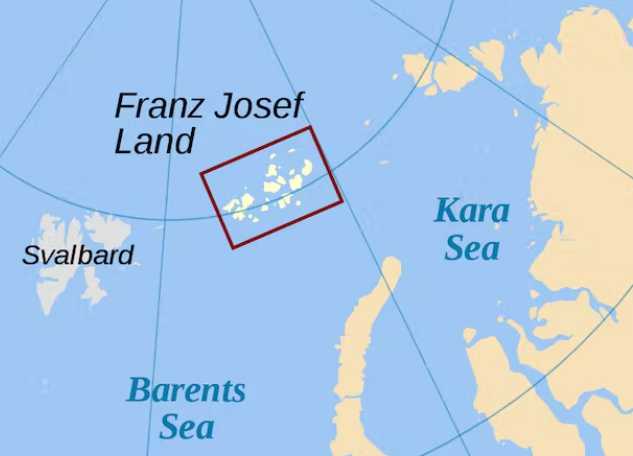Commercial wild salmon harvesters in Alaska are picking up speed, with the catch in Bristol Bay alone jumping from about 10 million fish a week ago to nearly 25 million, while the preliminary numbers statewide rose from 26 million to nearly 50 million.
As of July 9, initial harvest figures compiled by the Alaska Department of Fish and Game (ADF&G) showed the sockeye salmon harvest rising from 12.7 million to 28.3 million reds, of which 24 million have been delivered to Bristol Bay processors. Within the Bay itself, the Nushagak District fishermen caught 11.6 million of those salmon, including 10,994,000 sockeyes, 597,000 chums and 19,000 Chinooks. Egegik had 7.4 million sockeyes and the Naknek-Kvichak district 5.2 million reds.
In Prince William Sound, deliveries to processors have reached over 10 million fish, including nearly 5 million humpies, 3.6 million chum, 1.8 million sockeyes and 45,000 kings.
The westward region catch has reached more than 13 million salmon, with 10.6 million humpies, nearly 2 million sockeyes, 670,000 chums, 32,000 cohos and 19,000 kings. Of that total, 11.3 million fish came from the Alaska Peninsula and included more than 9 million pinks, 1.6 million reds, 594,000 chums, 26,000 cohos and 16,000 Chinooks. Kodiak area fishermen meanwhile have brought in a total of 1.9 million fish of which 1.4 million were humpies. Deliveries to Kodiak processors also saw some 360,000 sockeyes, 76,000 chums, 6,000 cohos and 3,000 kings.
[content id=”79272″]
Meanwhile on the Lower Yukon, small boat harvesters have caught some 90,000 chums and 3,000 humpies, while in Norton Sound fishermen have delivered 99,000 fish, including 53,000 pink and 44,000 chum salmon, to processors. The Southeast Alaska harvest of some 489,000 fish was led by the Southern seine fisheries delivering 171,000 fish.
Garrett Evridge, who produces a weekly commercial salmon harvest update for the McDowell Group on behalf of the Alaska Seafood Marketing Institute, said year-to-date landings are 53 percent higher than in 2018 and nearly equal to 2017.
Evridge noted that the current week usually represents the peak of the Bristol Bay season. Kodiak and Southeast Alaska meanwhile are trending above 2018, although the harvest in both regions is below the five-year average. Chignik remains closed to fishing and Cook Inlet is roughly a third below the 2018 numbers. Prince William South and Alaska Peninsula are ahead of both the 2018 figures and their long-term average.
Pink salmon fishing remains strong, and most of the state’s harvest will come from Prince William Sound fisheries in the coming weeks.
The keta salmon volume of nearly five million fish is a quarter lower than 2018 and nine percent below the five-year average.
Fishermen’s News Online grants permission to the Alaska Native News to post selected articles. Read More at: Fishermen’s News Online.







